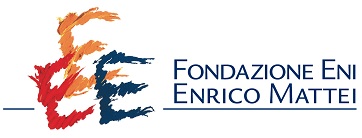Date of This Version
8-27-2014
Abstract
We develop a theoretical model of directed technical change in which clean (zero emissions) and dirty (emissions-intensive) technologies are embodied in long-lived capital. We show how obsolescence costs generated by technological embodiment create inertia in a transition to clean growth. Optimal policies involve higher and longer-lasting clean R&D subsidies than when technologies are disembodied. From a low level, emissions taxes are initially increased rapidly, so they are higher in the long run. There is more warming. Introducing spillovers from an exogenous technological frontier representing non-energy-intensive technologies reduces mitigation costs. Optimal taxes and subsidies are lower and there is less warming.
Recommended Citation
Lennox, James A. and Witajewski, Jan, "Directed Technical Change With Capital-Embodied Technologies: Implications For Climate Policy" (August 27, 2014). Fondazione Eni Enrico Mattei Working Papers. Paper 973.
https://services.bepress.com/feem/paper973
